Pine Wood
- September 7, 2023
- 0 comment
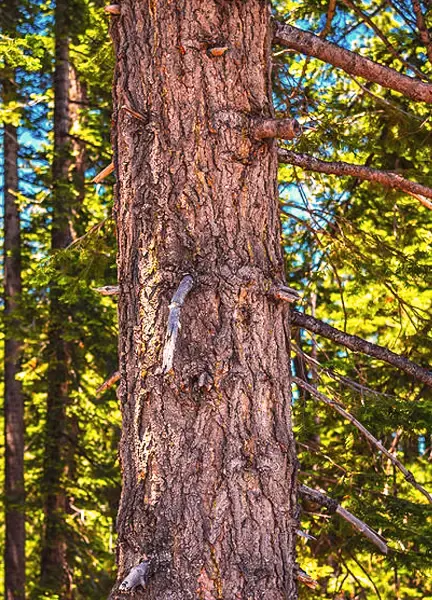
Pine Wood is derived from various species of pine trees and is esteemed for its versatility and wide-ranging applications. These coniferous trees are characterized by their straight trunks, tall statures, and unique needle-like leaves. Pine Wood is renowned for its adaptability and widespread availability, making it a fundamental and cherished resource in the realms of woodworking and construction. With a light color palette ranging from pale yellow to light reddish-brown, Pine Wood exudes a warm and inviting ambiance, making it a favored choice for interior and exterior projects. Its fine to medium-grain texture, often uniform in appearance, allows for intricate detailing in woodworking endeavors. Overall, Pine Wood stands as a testament to nature’s bounty, offering a combination of beauty and utility that has made it a cherished material in countless creations.
Color
Pine Wood graces us with its typically light color palette, ranging from a gentle pale yellow to a soothing light reddish-brown. This natural hue infuses spaces with a warm and welcoming ambiance, rendering it a preferred choice for both interior and exterior applications.
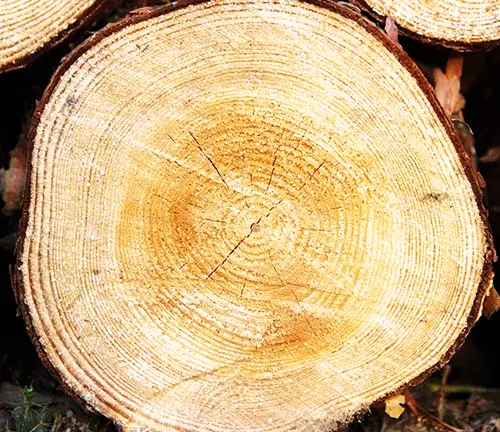
Texture
The texture of Pine Wood, while influenced by the specific pine species, generally exhibits a fine to medium-grain texture, resulting in a uniform and pleasing appearance. This textural uniformity facilitates ease of manipulation in woodworking projects, permitting intricate detailing.
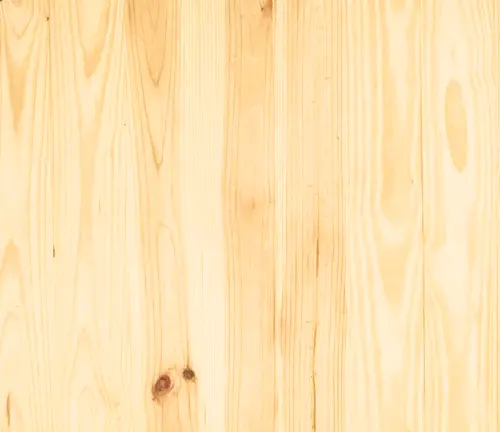
Leaves
Pine trees, distinguished by their striking needle-like leaves, cluster these needles into ‘fascicles.’ What sets them apart is their evergreen nature, ensuring these leaves persist year-round, adding aesthetic appeal to diverse landscapes.
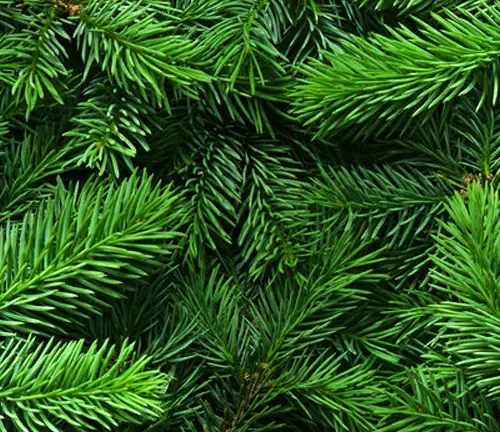
Bark
Pine tree bark is a variable canvas, with different species showcasing a spectrum of characteristics. Some boast thick and deeply furrowed bark, while others wear smoother, thinner coats. Beyond safeguarding the tree, bark serves as a captivating visual element within forests and landscapes.
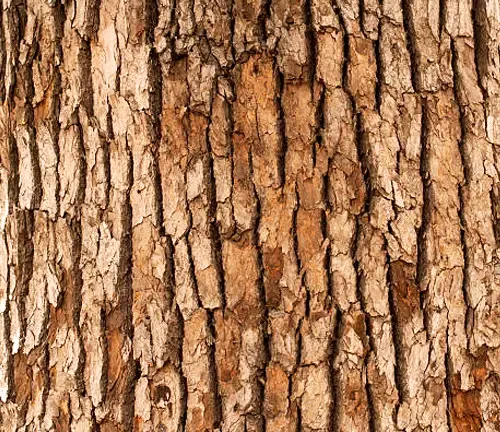
Seed
Pine trees’ reproductive prowess takes form in cones housing seeds. These seeds are vital to the tree’s life cycle and serve as sustenance for diverse wildlife species. Additionally, some cultures harvest pine seeds for culinary purposes, enriching their culinary traditions.

Growth
Celebrated for its relatively rapid growth when compared to many other tree species, pine trees flourish in a wide array of soil types and climates. This adaptability has made them one of the most widely dispersed tree families globally.

Cost: The allure of Pine Wood is magnified by its affordability. The expeditious growth of pine trees, coupled with their widespread prevalence, positions Pine Wood as a budget-conscious choice in contrast to pricier hardwood alternatives. This accessibility extends an inviting embrace to both DIY enthusiasts and seasoned professionals alike.
Common Pests & Diseases

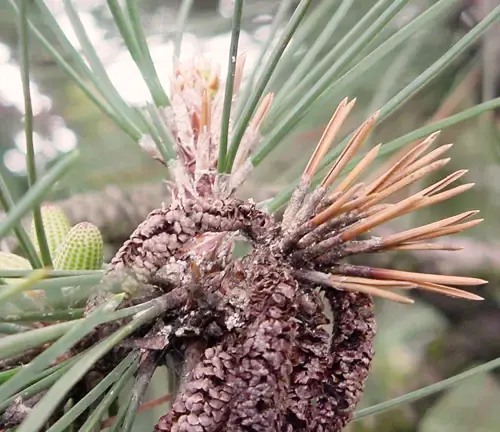
Though Pine Wood is acclaimed for its durability, it is not impervious to the challenges posed by pests and diseases. Notable adversaries include pine beetles, capable of infesting and compromising the wood’s integrity, and an array of fungal infections that may incite decay. Vigilant and regular maintenance, along with judicious sealing practices, serve as vital guardians against these threats, ensuring Pine Wood products enjoy enduring longevity.
Different Types of Pine Wood
- Eastern White Pine (Pinus strobus): Eastern White Pine is a lightweight wood with a pale, almost white color and a fine grain. It is commonly used for interior applications like trim, paneling, furniture, and cabinetry. This wood is prized for its ease of workability and clean, elegant appearance.
- Southern Yellow Pine (Pinus spp.): Southern Yellow Pine encompasses several pine species and is valued for its strength and durability. It finds widespread use in construction for framing, decking, and flooring due to its ability to handle heavy loads. The color of Southern Yellow Pine can range from yellow to light brown, making it a versatile choice for various outdoor and indoor projects.
- Ponderosa Pine (Pinus ponderosa): Ponderosa Pine, native to western North America, features a light to medium brown color and a straight grain. It is used for furniture, cabinetry, paneling, carvings, and craft projects. Ponderosa Pine offers a pleasing balance between aesthetics and workability.
- Sugar Pine (Pinus lambertiana): Sugar Pine is the largest pine species, known for its pale yellow to light brown color and fine grain. It is highly sought after for woodworking, carvings, moldings, and specialty projects due to its excellent workability and attractive appearance. Craftsmen often favor Sugar Pine for creating intricate details in their work.
- Knotty Pine (Pinus spp.): Knotty Pine refers to pine wood with visible knots, imparting a rustic and distinctive appearance. It is frequently used for rustic paneling, ceilings, and furniture. The presence of knots adds character and warmth to various interior settings.
- Heart Pine (Pinus spp.): Heart Pine is derived from the heartwood of southern yellow pine, boasting a rich amber to reddish-brown color. It is commonly chosen for high-quality applications such as flooring, beams, and woodworking projects. The wood’s durability and appealing aesthetic make it a preferred option for both structural and decorative purposes.
- Lodgepole Pine (Pinus contorta): Lodgepole Pine is found in western North America and features a light color with a straight grain. It is commonly used for interior and exterior construction, including log cabins and furniture. Lodgepole Pine’s versatility and abundance make it a popular choice in its native regions.
Frequently Asked Questions
- What gives pine wood its distinctive scent?
Pine wood has a pleasant and distinctive aroma due to natural compounds called terpenes. These compounds not only give pine wood its scent but also act as a natural insect repellent. - Is pine wood suitable for outdoor projects?
Yes, certain types of pine wood, such as Southern Yellow Pine, are well-suited for outdoor applications like decks and fences. However, they should be properly treated and maintained to resist decay and weathering. - Why does knotty pine have knots in the wood?
Knotty pine gets its name from the visible knots or resin pockets in the wood. These knots are remnants of branches that were part of the tree. They are often prized for adding character and a rustic look to furniture and interior decor. - Can you stain pine wood to look like other types of wood?
Yes, pine wood is often used as a cost-effective alternative to more expensive hardwoods. By using different stains and finishes, you can mimic the appearance of other wood species, such as oak or cherry, to achieve a similar aesthetic. - Is heart pine more durable than other pine wood types?
Yes, heart pine, derived from the heartwood of certain pine species, is typically more durable and resistant to decay than sapwood. It’s often chosen for applications where strength and longevity are important. - What’s the difference between pine and pine veneer?
Pine wood is solid lumber, while pine veneer is a thin layer of pine that is adhered to other materials like plywood or particleboard. Veneer is used to achieve the appearance of pine while reducing the cost of using solid wood. - Are there any historical uses of pine wood?
Yes, pine wood played a significant role in the construction of many historical buildings and ships. It was a common choice for shipbuilding due to its strength and availability. Additionally, early American settlers often used pine for log cabins. - Does pine wood change color over time?
Yes, pine wood tends to darken and develop a richer patina with age and exposure to light. This natural aging process can add character and beauty to pine furniture and other wooden items. - What are some creative DIY projects using pine wood?
Pine wood is popular among DIY enthusiasts for making custom furniture, shelving, picture frames, and even home decor items like wooden signs and sculptures. - How can I prevent pine wood from warping or splitting?
Proper drying, sealing, and finishing techniques can help prevent warping or splitting in pine wood. Additionally, storing pine wood in a controlled environment with consistent humidity levels can reduce the risk of such issues.
In conclusion, pine wood is a versatile and accessible choice for a wide range of woodworking and construction projects. With its unique characteristics, including various colors, grain patterns, and durability levels, pine wood offers both practicality and aesthetic appeal. Whether you’re crafting rustic furniture, creating intricate carvings, or building outdoor structures, pine wood’s adaptability and affordability make it a valuable resource for woodworking enthusiasts and professionals alike. So, whether you’re drawn to the classic charm of knotty pine or the durability of Southern Yellow Pine, consider the many possibilities that pine wood offers for your next project. Happy woodworking!


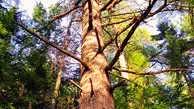
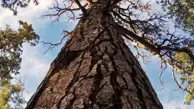


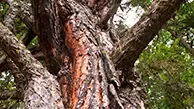

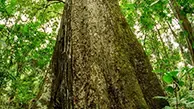

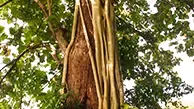
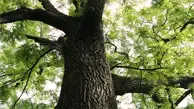







Leave your comment